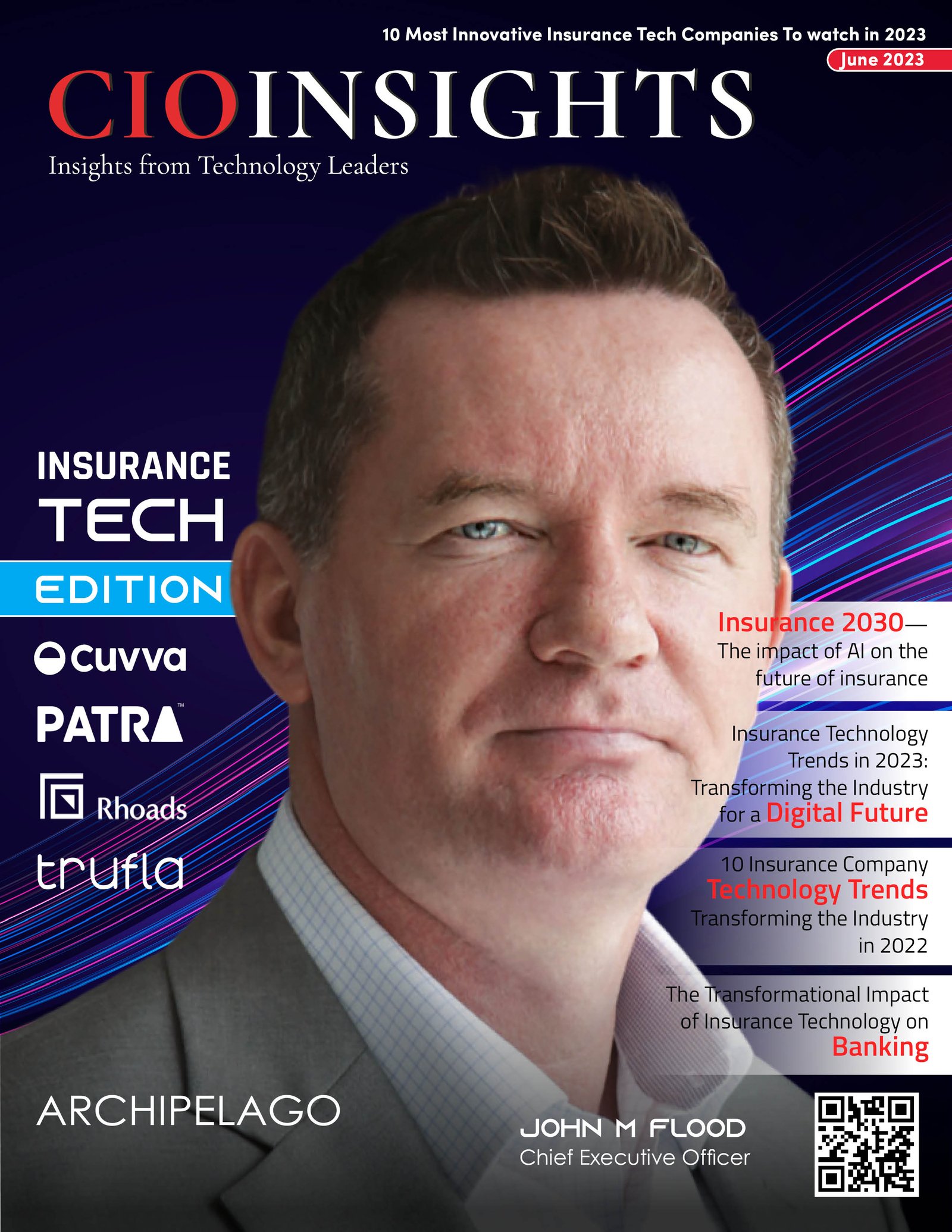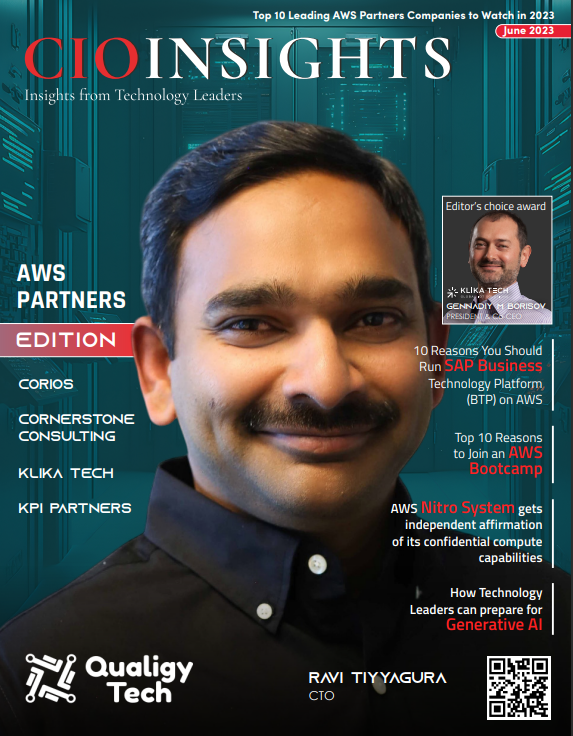Driving Value From Data

It's hard to argue with the fact that data has clearly become one of the most important business assets available to organizations today. However, in my day-to-day work, I still find that enterprises of all shapes and sizes – certainly not just small businesses – often struggle to find the most effective ways to turn data into value, and very often, they have certain roadblocks in common. A phrase that's increasingly used to describe these organizations is "data rich, insight poor."
In no particular order, the major roadblocks causing these problems are:
· Failing to align data strategy with business strategy.
· Failing to foster a culture of data literacy throughout the organization.
· Keeping data and data-powered initiatives siloed in the departments and functions where they originate rather than seeding them throughout the organization.
I firmly believe that by working through these roadblocks in a methodical way, any company can begin to make better use of data and, in turn, will become better at driving positive change.
In order to get a better idea of the types of methodologies and processes that need to be adopted in order to start tackling these challenges, I was joined recently for a webinar by Mark Anderson, CEO of analytics software developers Alteryx.
Alteryx started out as SRC LLC before changing its name to match its successful data analytics platform in 2010. In its early days, it worked with the US Census Bureau to create tools that allowed users to analyze demographic data. This evolved into a platform that allowed businesses to take this data and carry out customer segmentation and analytics. Today, Alteryx works with many of the world’s largest and most data-forward companies – including F1 racing team McLaren Racing, Walmart, and Coca-Cola. A core focus of the company is on creating low-code/no-code solutions that enable the “democratization” of data and analytics – meaning workers across a company – not just those with data skills and technical expertise – can put data to work to help them solve problems and make decisions, whatever their role is.
Anderson’s own leadership role means he has detailed insight into the way data and technology are being put to work to streamline business processes as well as enable companies to develop and sell smarter, more innovative products and services. Or – just as frequently – isn’t.
He tells me, "The Analytics Institute has got a zero to five rating for where you are on your journey to becoming a data-driven company. The average is 2.2 – so really, every company is still very early on that journey.”
Data democratization
The key to enabling data-literate cultures, he tells me, lies in the concept of data democratization.
He says, "Data can't just be managed by a few specialized data scientists. It's really got to be democratized so that every function of the business can use it to make better decisions.”
McLaren itself serves as a great example of a business where this process is already well underway. I was lucky enough to get the chance to meet some of their technology and engineering teams at the British Grand Prix. The most visible use case for data within F1 racing is in modeling the performance of drivers and cars as they take place in qualifying sessions and racing on the track. The cars are packed with sensors that capture and transmit real-time data that can be used to predict performance and race outcomes. But this is just one of the F1 team's seven business functions that deploy Alteryx tools to derive insights and drive value. It’s used to keep the entire team focused on issues at hand by highlighting the most pressing challenges and obstacles to winning races, to create “digital twins” of essential tests such as the computational fluid dynamics checks carried out before each race, and to engage fans.
This demonstrates how businesses that have truly succeeded at moving to a data-driven model have done so by integrating data and analytics across their operations.
“Firstly, they have to embrace the notion that access to analytics has to be across the entire business; they've got to be able to recognize that the knowledge worker, who previously might only have been able to work in manual software like Excel, needs to be enabled to use technology … and be able to derive value from data and deliver the output of a data scientist. We call them citizen data scientists,” Anderson says.
He illustrates this further with another point: “You’re not going to teach a data scientist to be a really good accountant – but you can take an accountant who has subject matter expertise in finance and tax and provide them with a simple-to-use tool … and teach the accountant to become more data proficient in their role as an accountant.”
Generating value
For many companies, another key focus should be on removing the “data silo” approach to data culture. This often involves individual business units developing insights and competencies that simply aren't shared across the company, drastically limiting their potential to generate growth.
With companies that are further along the road to fully unlocking the value of data, this – together with the processes around creating data-literate cultures outlined above – can lead to some fairly dramatic organizational changes and restructuring.
“If you think about the typical enterprise, the construct hasn’t changed much in 50 years”, Anderson says.
“You have HR, supply chains, marketing, sales, IT, infosec … however, if you listen to the big consulting firms … they are advocating for a change … instead of having massive HR, massive marketing, take that veneer of data workers and make it a larger band, that have expertise in HR, marketing … and then really invest in the kind of organizational infrastructure that allows this work to be automated.”
This is a big step, but organizations that manage to make the transformation are likely to find themselves aligned with the opportunities created by the sheer volume of data that’s available to businesses today, as well as the breakthrough technologies such as artificial intelligence and automation that are available.
It will also lead to happier and more fulfilled workforces, as workers spend less time on routine, manual work and more time exercising their creativity to come up with new solutions to customer problems.
As Anderson puts it, "The typical knowledge worker spends the majority of their time looking for data, pulling the data manually, putting it into software like Excel … I've heard customers call it 'soul-crushing.’
“You can flip that script and help people really become automated with the right software and the right training and really change the dynamic; they become much happier. Higher job satisfaction, lower turnover. They feel they are part of a movement that’s really delivering important output for their business.”





